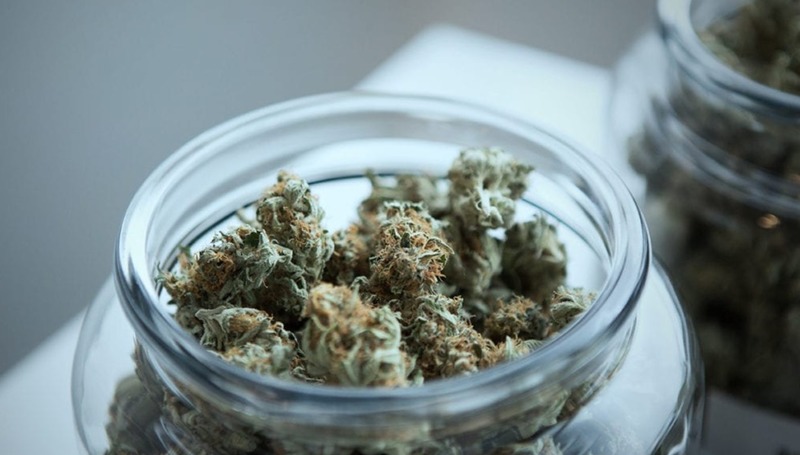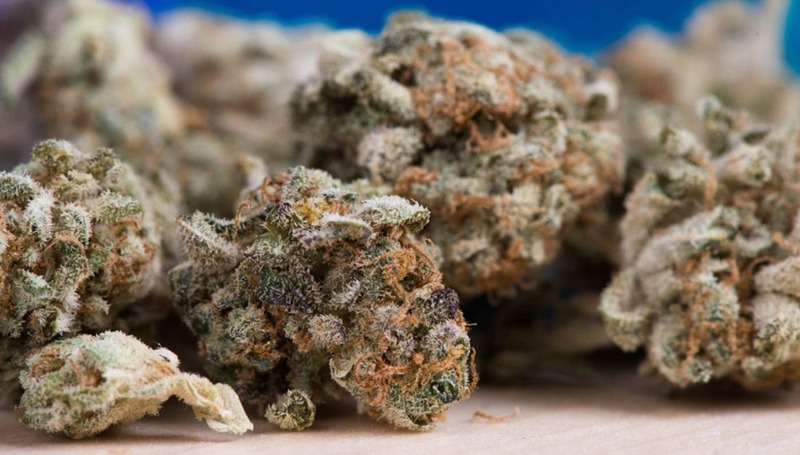It’s time to choose your marijuana plants after you’ve done all of that hard work to cultivate them. Cannabis drying and curing are the terms for this process. Now that your cannabis buds are accessible, you can try them out. However, before you may test them, they must be dried first. You might want to speed up the procedure as quickly as possible because it will take a long time for your flowers to dry and cure properly in a controlled environment owing to their lack of moisture Remove moisture from your blooms and do so in such circumstances is difficult. Looking to try something new? Check out this.
Why? The objective is to get a higher-quality product as a result of carrying out the procedure. You won’t have to worry about losing CBD content or mold developing while storing it correctly, and you won’t have to worry about that when you cure it correctly. When you fully cure the flower, place it in an airtight container in a cool, but dark place for up to two years, and it doesn’t lose its strength. Next, let’s dig into cannabis drying and curing in greater detail.
Different Methods of Drying and Curing Cannabis
Cannabis drying and curing are accomplished in a variety of ways. The most popular technique for cannabis cultivation is utilized by the majority of producers, although there are some variations. You may cure the cannabis buds using water or freeze them dry, but you can also use dry ice. The better method for obtaining optimum results from your marijuana crop will be discussed in this piece.

How Long Does It Take to Dry Cannabis?
Drying time differs based on the plant species and growth stage, but it generally takes 2-7 days. The process is usually faster when trimming wet since most of the plant material is removed first, resulting in less plant to dry.
To dry harvested plants, simply hang them upright on a line or hanger. If you do this, the buds will not be flattened or deformed as they dry.
When it’s time to cut wet buds, set them on a drying rack. Bend a limb or stem after two days to see if the stem breaks; if the stem snaps, the buds are fully dry. If they don’t break when bent for another day, leave them alone.
Preliminary Cannabis Drying
Because cannabis is cultivated in many forms, the drying process will be different for each one. The majority of people, however, chop marijuana branches 12 to 16 inches long before drying them. Then they throw away the undesirable marijuana leaves and suspend the branches from a wire or string in a vertical position.
Some cannabis plantations suspend the entire plant from the ceiling. Others will just take off the marijuana buds from the branches and lay them on a drying rack. You may manicure the flowers before or after drying your cannabis.
The Essentials
It is important to keep your cannabis crop in a dark place and maintain the temperature between 60-70°F with a humidity level of 45-55 percent, no matter how you harvest it. To slowly move air throughout the room, use a tiny fan. If you want to preserve the odor and taste of your marijuana harvest as well as the completed product, this is extremely important. It would also be convenient if you had a large harvest because an A/C unit or dehumidifier could be used.
How To Store Your Harvested Cannabis Buds
You can keep buds for up to two years after curing them if stored correctly. Mildew, as well as other molds, thrives in temperatures of 77-86°F.
Cannabis and terpenes that have taken months to develop can be scorched by excessive heat. When these essential oils get excessively dried, as well as the plant material, it may result in a smoke that is harsh and hot.
Here are some tips for storing buds:
- Store out of direct sunlight in a cool, dry place
- Store in containers with a neutral charge, like glass mason jars
- Use hygrometers or products like a Boveda pack to monitor and control humidity levels
- Vacuum seal jars and containers to minimize oxygen exposure
- Separate strains to maintain individual flavor profiles, and label with a date—it sucks to mix up strains
Temperature
The effects of temperature are a little more complicated. THC degrades into CBN, a cannabinoid with distinct properties and effects, after several weeks when subjected to low temperatures. Warm air has greater moisture than cold air, which delays decarboxylation even further.
Humidity
The goal of mold and other mold pollutants removal is to keep moisture out of your cannabis. When cannabis is kept at a 55-65 percent humidity level, it maintains and enhances color, consistency, fragrance, and taste.
Light
Cannabis is damaged by UV radiation over time, and many organic and synthetic chemicals are destroyed by UV light. Cannabis is harmed by UV radiation over time, as well as temperature control.
Storage
Cultivators should store cannabis in relation to its volume and anticipated storage duration. Product can be kept in a sealed container that protects it from light and moisture, as well as controlling air humidity, thanks to the bag within.
Cannabis top-shelf flower will last a long time in a food-grade, airtight, 50-gallon plastic drum. Sedillo advised keeping flowers in an indoor climate controlled setting and not moving them frequently. “Flower must be kept indoors in a temperature-controlled environment,” Flippo said.
According to Sedillo, Flower does not require “burping.” Gas should be released from the container in order for it to burp, he claims.
“If you have to ‘burp’ your flowers, it implies that they weren’t properly dried in the first place,” he added.
Long-term storage requirements have grown in importance in the hemp market as a result of overabundance of hemp-derived CBD.
